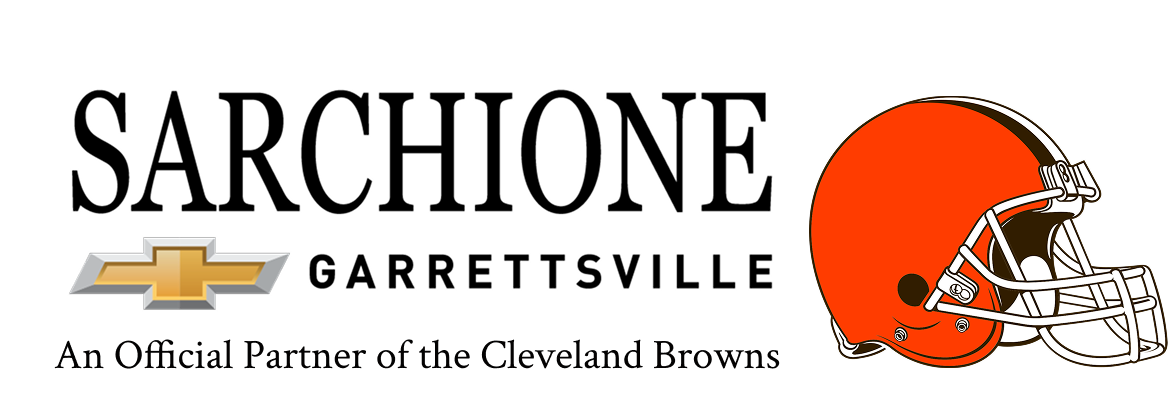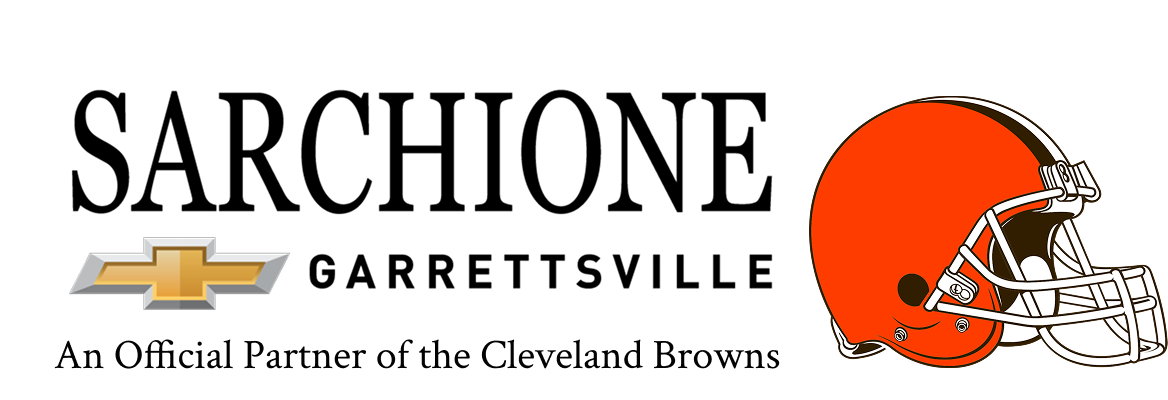A flat tire is one of the most common and frustrating issues car owners face. If you drive a Chevy car, knowing how to change a Chevy flat tire can save you time and prevent further damage to your vehicle.
While it’s a task that many may consider simple, it requires a careful approach to avoid accidents or damage to your car. Here’s a detailed guide on how to safely and effectively handle the situation.
Safety First
Before you begin changing a flat tire, the first priority should always be safety. Park your Chevy on a stable surface away from traffic. Engage the parking brake and turn on your hazard lights.
If you are on the side of the road, place warning triangles or flares around your vehicle to alert other drivers. Furthermore, make sure that you have the right equipment on hand, including a jack, lug wrench, spare tire, and a wheel chock to prevent the car from rolling.
Assessing the Damage
Once you’ve secured a safe environment, assess the flat tire to confirm the damage. Sometimes, a tire can be slightly deflated, but if it’s clearly punctured or visibly damaged, it’s important to replace it with your spare tire.
Before removing the damaged tire, take a moment to inspect the surroundings for any debris or sharp objects that could further damage the tire or cause harm while you’re working.
Loosening the Lug Nuts
With the vehicle in a stable position and the flat tire clearly identified, use your lug wrench to loosen the lug nuts on the flat tire. It’s crucial not to remove them completely at this stage.
Instead, break the seal by turning the lug nuts counterclockwise while the car is still on the ground. Doing this while the tire is touching the ground prevents the wheel from spinning, making it easier to loosen the nuts.
Lifting the Chevy
After loosening the lug nuts, it’s time to lift the vehicle using a jack. Position the jack under the car’s jacking point, which is usually located near the frame of the vehicle.
Make sure the jack is securely placed before raising the car. Lift the car high enough so that the flat tire is off the ground. This allows you to remove it safely. Double-check the jack’s position before continuing to assure stability.
Removing the Flat Tire
Once the car is lifted, remove the lug nuts completely and set them aside in a safe place. Carefully pull the flat tire off the wheel hub, taking care not to damage the surrounding area. Depending on the model of your Chevy, you might need to wiggle the tire to break the seal between the tire and the rim. Once it’s free, set it aside.
Installing the Spare Tire
Take your spare tire and align it with the wheel hub. Once it’s in place, slide the tire onto the hub, making sure that the bolt holes align perfectly. After that, place the lug nuts back onto the bolts and hand-tighten them. It’s important not to tighten them fully at this stage; simply get them in place to hold the spare tire.
Lowering the Vehicle
After the spare tire is secured, use the jack to lower the vehicle back down to the ground. Lower the car slowly and carefully, making sure the spare tire sits evenly on the ground.
Once the car is fully lowered, use the lug wrench to tighten the lug nuts in a crisscross pattern. This guarantees even pressure across the tire. Tighten the nuts as much as possible to avoid any issues when driving.
Final Checks
Once the lug nuts are securely tightened, give the car a final inspection. Make sure the tire is aligned properly and that the lug nuts are firmly in place. If your Chevy has a wheel cover, replace it once the tire change is complete.
Always remember to check the air pressure of the spare tire before driving. Spare tires often have different pressure requirements, so it's essential to confirm the tire is properly inflated before heading out.
Learning how to change a Chevy flat tire might seem intimidating at first, but with the proper tools, safety precautions, and a little know-how, it’s a manageable task. While performing a tire change yourself can be convenient in an emergency, it’s always best to consult professionals at a Chevy service center for any major concerns or if you’re unsure about the process.


